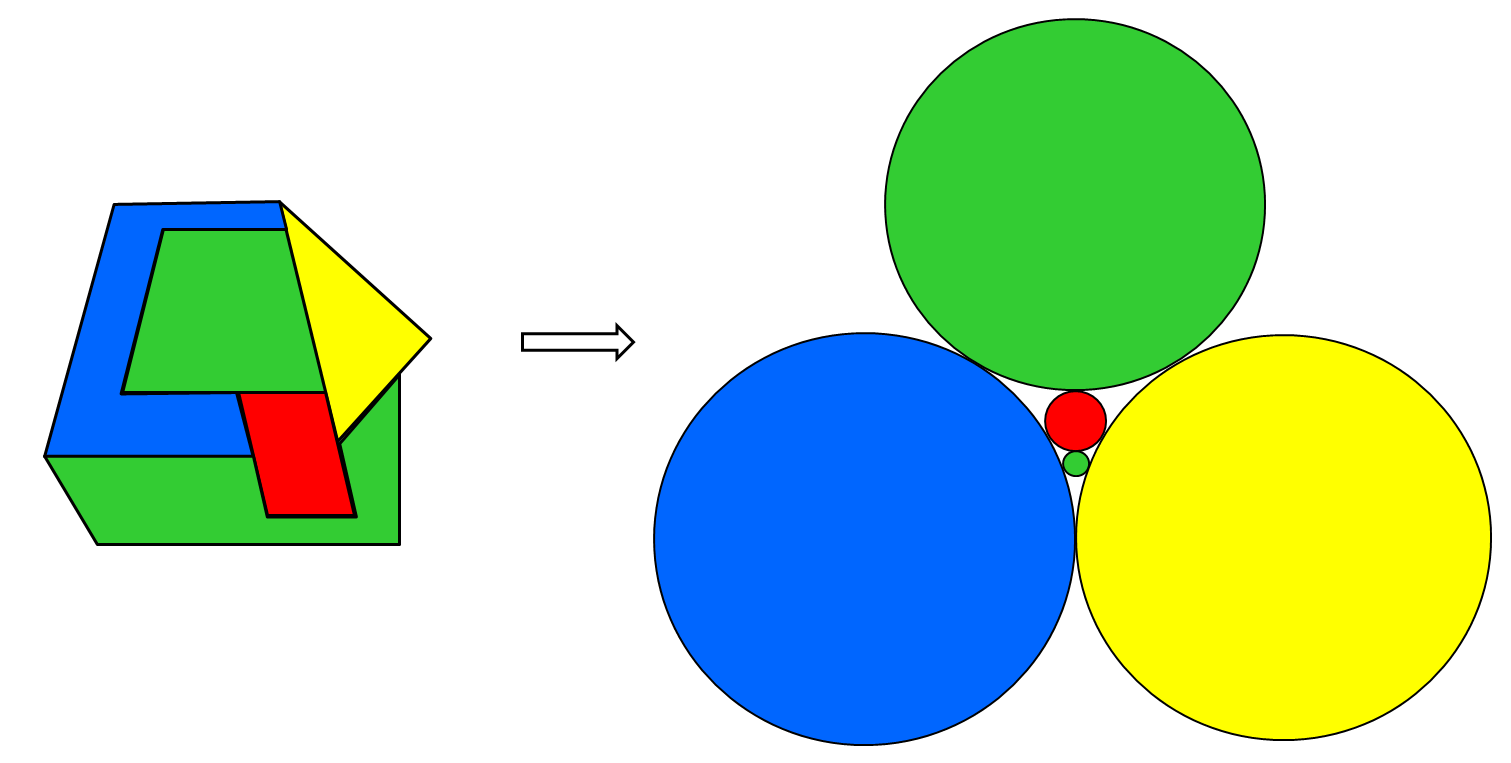
proudly presents Carnival of Mathematics Number 230
|
|
Welcome to the 230th edition of Carnival of Mathematics!
 |
|
| Carnival of Mathematics | All Carnivals at Theorem of the Day |
Welcome to the 230th edition of Carnival of Mathematics, meta-hosted by the remarkable aperiodical.com.
\(230\) is the value of \(n(n+3)/2\) when \(n=20\). So \(230\) appears in the corresponding sequence entry at the Online Encyclopedia of Integer Sequences, which is A000096. And there you may find 31 different manifestations of this seemingly every-day kind of quadratic, giving 31 different reasons why 230 is a fun number. And now I can leave you to go to OEIS and choose your favourite. Here is just one, contributed by Jose Abutal: On an \(n+2 \times n+2\) chessboard, up to rotational and mirror symmetry, the number of possible checkmate positions for king and rook versus king is \(n(n+3)/2\). Here, to amuse myself, I construct one of the 230 king-and-rook checkmates on (the top side oriented left-to-right of) a 22 by 22 board (I used the boardpainter tool at the excellent musketeerchess website).

So what internety excitments did the month of July bring us? Well of course there was the 4th version of Aperiodical's very own Big Internet Math-Off. What a feast! Between 1st and 18th July \(n(n+3)/2\) for \(n=4\) head-to-heads pitted against each other 16 of the world's "most interesting mathematicians" in order to arrive, on July 23, at the grand final which was between ... well don't let me spoil it if you missed it: click the link and follow back to discover very many fascinating things very beautifully described. Kudos to Christian Lawson-Perfect games-master extraordinary!
Naturally, I wouldn't want the search for the world's most interesting mathematician to overshadow July's other search: for the world's smartest high school maths student. I refer of course to the 65th International Mathematical Olympiad which took place from 11th to 22nd July in Bath (home turf of Geoff Smith, a long-time UK IMO team leader and himself a very interesting mathematician). And the world's smartest maths student (to adopt Christian's phrase "of the people who were asked to take part and were available") was declared to be ... but go and have a look!
The IMO hit the headlines again in July. Timothy Gowers (himself a former IMO gold-medalist), tweeted the news that "AI achieves silver-medal standard solving International Mathematical Olympiad problems". Gowers' thread reflects on this in a well-informed and even-handed way. At all events, IMO2025 (Sunshine Coast, Queensland) is not going to be overrun by Chatbots, still less is Christian Lawson-Perfect going to be writing "of the large language models who were asked to take part and were available". Who even is to say that by Carnival of Mathematics number \(n(n+3)/2, n=21\), LLMs will be able to tell me how many brothers my sister has?
And not to be upstaged by BIMO4 or IMO2024, July also saw the 2nd International Congress of Basic Science in Beijing bestow six Basic Science Lifetime Awards and nearly sixty Frontiers of Science Awards upon the world's smartest scientists ever. The always well-informed and (mostly) even-handed Peter Woit mentioned it at Not Even Wrong. If he finds it "unclear how much wealthier this makes" the Chosen Ones then I think it must be a rather closely guarded secret. Not, one assumes, that Andrew Wiles or Ed Witten are in it for the money. But it's not as though they need another medal either, but medaled (as Olympics journalists have it) they were and gave talks which you can watch via the link provided at Not Even Wrong.
And finally, Carrie Rutherford sent in a post at Gödel's Lost Letter called "Planar Graphs—Again" which describes the work of (chances are) a future winner of an undisclosed number of yuan, Canadian computer scientist Sally Dong (to rhyme with 'phone', her website tells me). She has a found a fast algorithm for "Computing Circle Packing Representations of Planar Graphs". This is a fun topic which, as I understand it, means the theorem that says you can colour any map with four colours is really about countries which are disks which just touch each other. I couldn't resist trying this out and it's not as easy as all that; Sally Dong will have earned her yuan!

Thanks for reading! Submit here to Carnival 231, to be hosted by Karen at Maths For Life.